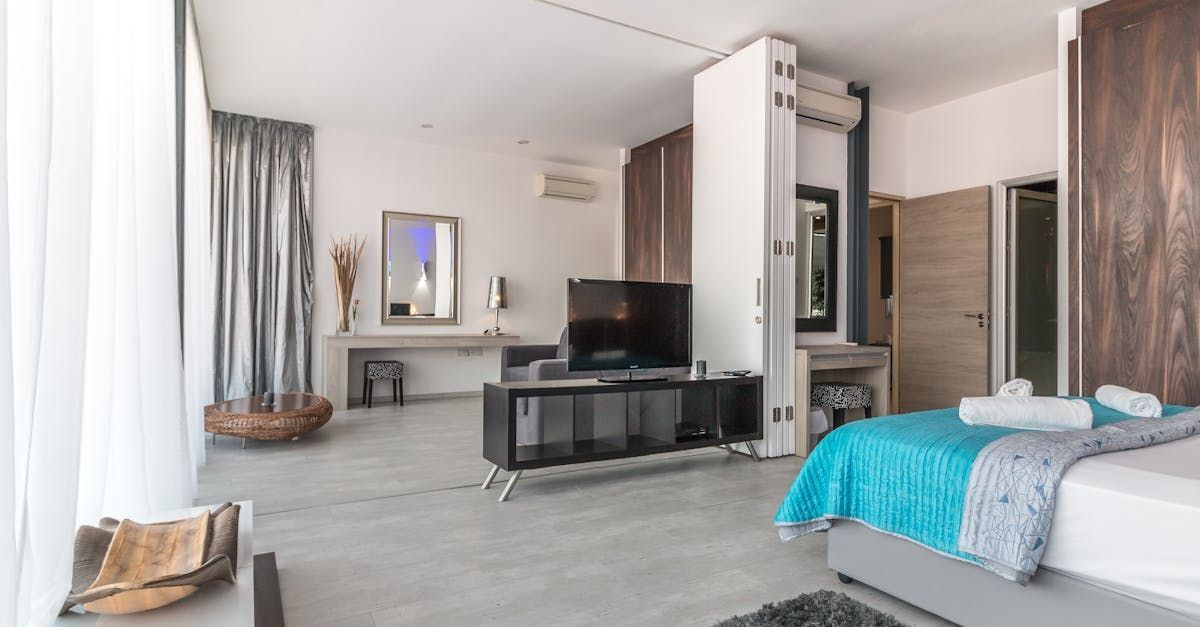
The Ultimate Guide to Custom Home Floor Plans
Creating custom home floor plans is an exciting and detailed process that transforms your vision of a dream home into reality. This guide aims to provide you with profound insights and practical advice on how to navigate this journey successfully. Whether you're just starting to think about building a custom home or are already in the planning stages, this article will equip you with the information you need to make informed decisions.
Key Takeaways
- Custom home floor plans provide a unique opportunity to create a home tailored specifically to your needs and preferences.
- Working with experienced architects and designers is essential for translating your vision into practical plans.
- Understanding key elements such as room layout, functionality, and future-proofing can significantly impact the success of your project.
Understanding the Basics of Custom Home Floor Plans
When we talk about custom home floor plans, we refer to the detailed drawings and blueprints that outline the layout, dimensions, and structure of your future home. These plans serve as the foundation for the entire construction process, guiding builders and ensuring every detail meets your specifications.
- A well-designed floor plan is crucial for the successful execution of any interior design project. Here's why:
- Maximizes Space: A well-thought-out floor plan can help make the most of the available space in your home. It can help you identify areas where you can add storage solutions, create functional zones, and even make small spaces appear larger.
- Improves Functionality: A good floor plan can help improve the functionality of your living spaces. It can help you create flow between different areas of your home, making it easier to move around and use the space effectively.
- Enhances Aesthetics: A well-designed floor plan can also enhance the aesthetics of your home. It can help you create visually appealing layouts, balance out different design elements, and even create a sense of harmony and cohesion throughout your space.
- For more information on the importance of a well-designed floor plan and how to create one.
A well-thought-out floor plan does more than just arrange rooms; it improves the functionality and flow of your home. Here's why a good floor plan is crucial:
- Efficiency: A strategic layout ensures that spaces are used efficiently, reducing wasted areas.
- Comfort: Proper placement of rooms enhances living comfort and convenience.
- Value: A functional and attractive floor plan can increase your home's market value.
Elements of a Successful Floor Plan
When designing your custom home floor plan, consider the following components:
- Room Layout: Decide the size and purpose of each room. Bedrooms, bathrooms, kitchen, and living areas should be strategically placed for ease of access and privacy.
- Flow: Ensure a logical flow between rooms. Open floor plans are popular for creating a sense of spaciousness.
- Natural Light: Incorporate windows and skylights in your design to maximize natural light.
- Future-Proofing: Plan for future needs, such as additional family members or aging in place.
Tips for Creating Your Custom Home Floor Plan
Creating a custom home floor plan requires thoughtful consideration and collaboration with professionals. Here are some practical tips to guide you:
Start with Your Needs and Wants
Begin by listing your must-haves and nice-to-haves. Prioritize features that are non-negotiable for your lifestyle and preferences.
Sample Must-Haves and Nice-to-Haves
- Master suite with walk-in closet
- Open-concept kitchen and living area
- Ample storage space
- Two-car garage
- Energy-efficient appliances
- Home office
- Outdoor Kitchen
- Gym or fitness room
- Guest quarters
- Smart home technology
Working with experienced architects and designers is invaluable. They can help translate your ideas into practical designs, ensuring that your floor plan is both functional and aesthetically pleasing.
Consider Your Lifestyle
Think about how you live and what spaces you use the most. If you love cooking, prioritize a spacious and well-equipped kitchen. If you work from home, a dedicated office space may be essential.
Prioritize Functionality
While aesthetics are important, functionality should never be compromised. Ensure that your floor plan meets your daily needs and enhances your quality of life.
Common Mistakes to Avoid
Even with the best intentions, it's easy to make mistakes when designing a custom home floor plan. Here are some common pitfalls to watch out for:
Overcomplicating the Design
While it's tempting to include every feature imaginable, an overly complex design can lead to higher costs and construction delays. Keep it simple and focus on what truly matters.
Ignoring Future Needs
Your needs may change over time, so it's essential to plan for the future. Consider how your family might grow or how aging might impact your mobility.
Poor Room Placement
The placement of rooms can significantly impact your home's functionality. For example, placing a noisy laundry room next to a bedroom can disrupt sleep. Think carefully about how different spaces will interact.
Neglecting Storage
Insufficient storage can lead to clutter and frustration. Ensure that your floor plan includes ample storage solutions, such as closets, cabinets, and built-in shelving.
Real-Life Experiences: What Homeowners Say
Hearing from those who have gone through the process can provide valuable insights. Here are some testimonials from homeowners who have successfully created custom home floor plans:
- Sarah Blount: "Mark Kendrick made our home-building experience a memorable one. Though building a home is not a walk in the park, Mark takes as much stress and pressure off of you as possible."
- Bitsy Pheiffer: "I cannot say enough about the professional and amazing work Mark and his crew did on my condo. They took it from rags to riches!!"
The Role of Technology in Custom Home Floor Plans
Advancements in technology have revolutionized the way custom home floor plans are created. Here are some ways technology can enhance your planning process:
3D Modeling and Visualization
3D modeling tools allow you to visualize your floor plan realistically. You can see how spaces will look and feel before construction begins, making it easier to make adjustments.
Virtual Reality (VR)
VR technology takes visualization to the next level by allowing you to "walk through" your home virtually. This immersive experience can help you identify potential issues and make more informed decisions.
Online Design Tools
There are various online design tools available that enable you to experiment with different layouts and features. These tools can be a great starting point for brainstorming ideas.
Budgeting for Your Custom Home
Creating a custom home floor plan is just the first step. Budgeting is a critical aspect that requires careful planning and consideration.
Estimating Costs
The cost of building a custom home can vary widely based on factors such as location, materials, and design complexity. Work with your builder to get a detailed estimate and ensure that you have a contingency budget for unexpected expenses.
Sample Budget Breakdown
- Category: Land Acquisition
Estimated Cost: $100,000 - $200,000 - Category: Design and Planning
Estimated Cost: $20,000 - $40,000 - Category: Construction
Estimated Cost: $250,000 - $500,000 - Category: Fixtures and Finishes
Estimated Cost: $50,000 - $100,000 - Category: Landscaping
Estimated Cost: $10,000 - $30,000
Financing Options
Explore different financing options to fund your custom home project. Mortgages, construction loans, and personal savings are common methods. Consult with a financial advisor to determine the best option for your situation.
Navigating the Construction Phase
The construction phase is where your dream home starts to take shape. Here are some tips to ensure a smooth construction process:
Communicate Regularly with Your Builder
Open and regular communication with your builder is essential. Schedule regular meetings to discuss progress, address concerns, and make any necessary adjustments.
Monitor the Timeline
Keep track of the construction timeline to ensure that the project stays on schedule. Delays can be costly, so it's important to address any issues promptly.
Quality Control
Inspect the work regularly to ensure that it meets your standards. Don't hesitate to speak up if something doesn't look right or if you have any concerns.
- According to the National Association of Home Builders (NAHB), custom home floor plans accounted for 23% of new single-family housing starts in 2019.Source
- A study by the American Institute of Architects (AIA) found that 45% of homeowners prefer a custom home design over a production home.Source
- The average cost of a custom home floor plan ranges from $3,000 to $12,000, according to HomeAdvisor.Source
- The National Association of Home Builders (NAHB) reports that the median size of a custom home is 2,500 square feet, while the median size of a production home is 1,900 square feet.Source
- According to the U.S. Census Bureau, the number of building permits issued for custom homes increased by 5.2% from 2018 to 2019.Source
Post-Construction: Moving into Your Dream Home
Once construction is complete, it's time to move into your new home. Here are some final steps to ensure a smooth transition:
Final Inspections
Conduct a final walkthrough with your builder to ensure that everything is in order. Check for any remaining issues and make sure they are addressed before you move in.
Moving In
Plan your move carefully to minimize stress. Hire professional movers if needed and take the time to unpack and settle into your new home.
Warranty and Maintenance
Take advantage of any warranties provided by your builder. Regular maintenance will keep your home in top condition and prevent future issues.
Conclusion
Creating custom home floor plans is a rewarding process that allows you to design a home tailored to your unique needs and preferences. By understanding the basics, avoiding common mistakes, leveraging technology, and working closely with professionals, you can bring your dream home to life. Whether you're just starting or are well into the planning stages, the insights and tips in this guide will help you navigate the journey with confidence.
Frequently Asked Questions
- What is a custom home floor plan? A custom home floor plan is a detailed blueprint that outlines the layout, dimensions, and structure of a home designed to meet specific needs and preferences.
- How do I start creating a custom home floor plan? Start by listing your must-haves and nice-to-haves, then work with experienced architects and designers to translate your vision into practical designs.
- What are the common mistakes to avoid when designing a custom home floor plan? Avoid overcomplicating the design, ignoring future needs, poor room placement, and neglecting storage.
- How can technology enhance the custom home floor plan process? Technology such as 3D modeling, virtual reality, and online design tools can help visualize and refine your floor plan before construction begins.
- What should I budget for when building a custom home? Budget for land acquisition, design and planning, construction, fixtures and finishes, and landscaping. Consult with your builder for a detailed estimate.
By following this comprehensive guide, you'll be well-equipped to create a custom home floor plan that meets your needs and brings your dream home to life. Happy building!

